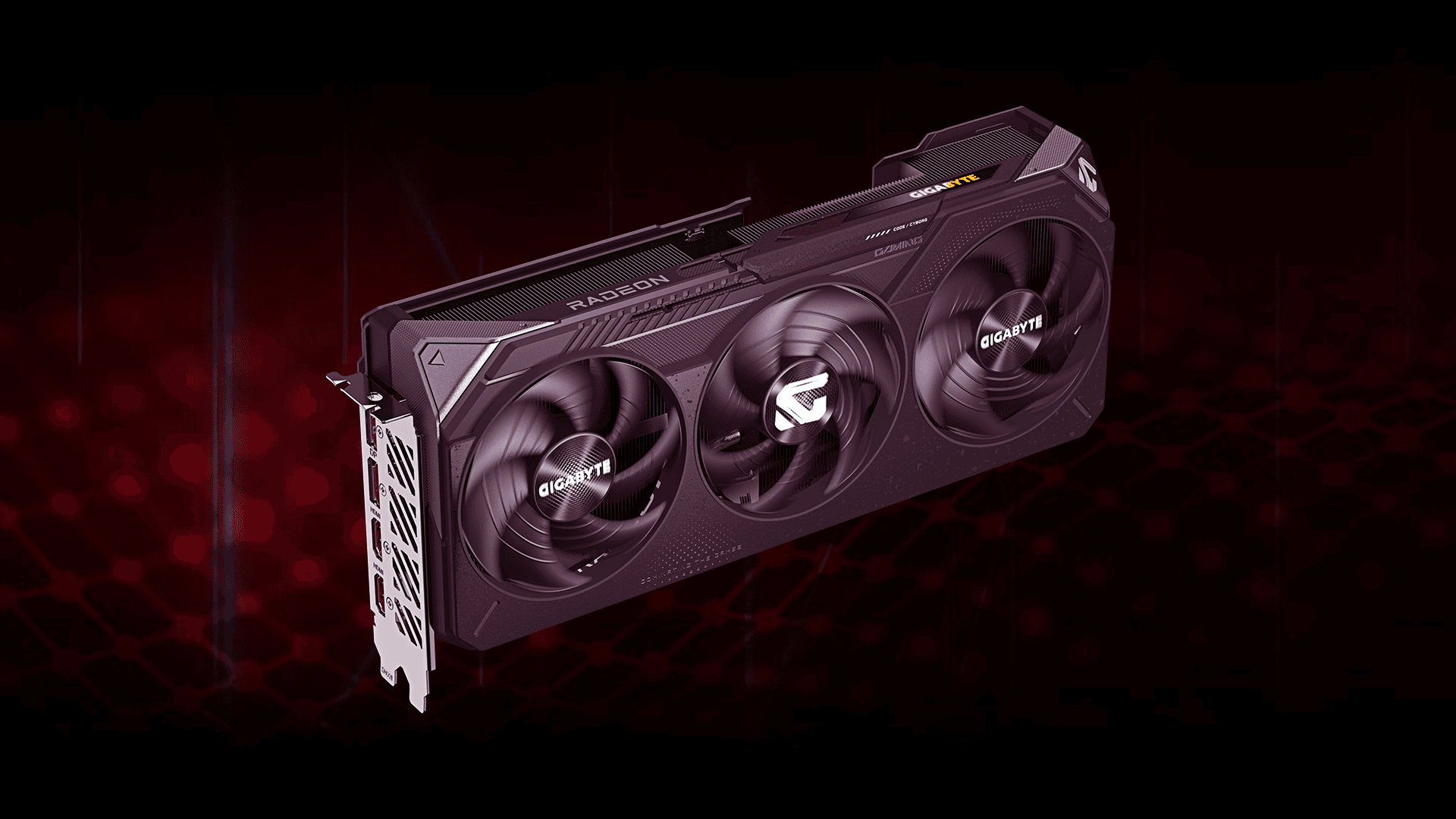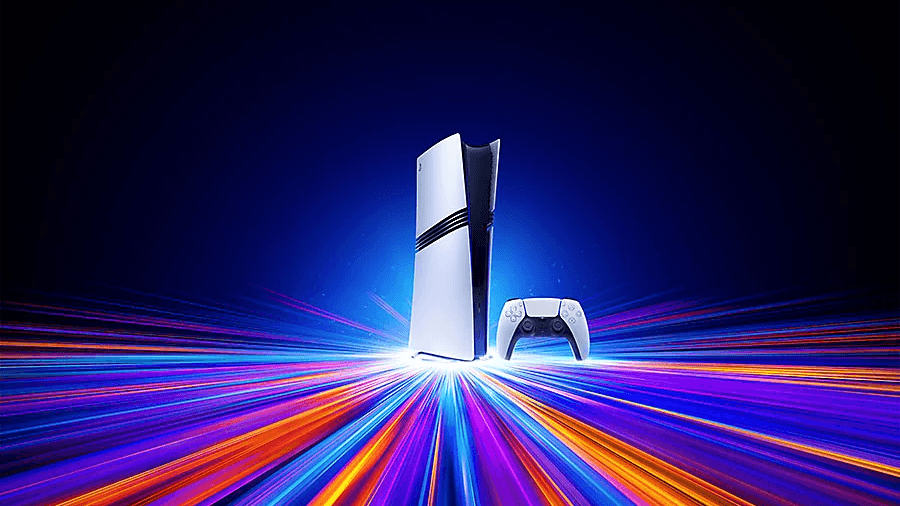Conspicuously absent from AMD’s CES 2025 keynote was any mention of AMD’s new GPU (the RX 9070 series), and consequently, mentions of AMD’s new GPU architecture (RDNA 4) and the technologies that support it (like FSR 4). Journalists were apparently briefed on the 9070 series GPUs and RDNA 4 before CES, but for whatever reason, AMD decided to pull the announcement from their keynote.
Speculation abounds of course, with some suggesting that AMD got spooked by Nvidia’s RTX 50 series pricing and claims (which was made after AMD’s keynote). AMD also admitted that graphics drivers weren’t ready for live benchmarks on the show floor.
Whatever the case, AMD later explained that they could only allocate a few minutes for the GPU and RDNA 4 in their keynote, and that they felt that the announcement deserved a dedicated event. For now, wccftech reports that we can expect to see an official announcement at a dedicated event on 22 January, and a launch on 24 January.
What we did see at CES were 9070XT’s from AMD partners, a sneak-peak of an as-yet-unnamed technology that everyone thinks/knows is FSR 4, and rumoured performance numbers that range from “competitive with a 4080 Super” to “worse than a 4070 Ti.” These last we’ll be ignoring till reviews are out.
FSR is everywhere
It’s that unnamed piece of tech, though, that’s most interesting. I’ll refer to it as FSR4 for now as everyone seems to think it’s FSR4 anyway. FSR or FidelityFX Super Resolution is an open-source frame-generation and upscaling technology released by AMD. While it is directly competing with Nvidia’s DLSS range of technologies, many would argue, and correctly, that FSR is at least a generation behind Nvidia’s tech.
That said, variations of this technology power both Apple’s MetalFX upscaling as well as Sony’s new PSSR tech in the PS5 and PS5 Pro. FSR is why we have upscaling on the SteamDeck and various handhelds, and there was also talk of Samsung integrating the tech in a future smartphone.
We have so far seen three major iterations of FSR. These are FSR 1 which was first-generation upscaling (not very good), FSR 2 or second-gen upscaling (not as good as DLSS but a big improvement over FSR 2), and FSR 3 which added frame-generation (not very good). As Nvidia did with Reflex — a suite of tools that reduced input latency — AMD released Anti-Lag that did pretty much the same thing.
The problem with FSR 3
Like DLSS 3, FSR 3 boosted perceivable frame-rates and motion fluidity by drawing an AI-generated fake frame between a real frame and a predicted frame. Unlike Nvidia, which restricted frame-generation to its RTX 40 series cards claiming that the tech needed new hardware (optical flow accelerators) to produce a usable fake frame, FSR 3 supported current-gen (at the time) and last-gen GPUs as well as Nvidia and Intel GPUs. A big win for gamers.
However, FSR 3 was never competitive with Nvidia’s DLSS in terms of quality (perhaps that additional hardware was needed after all). Enabling FSR 3 introduced many artefacts including fizzling textures, flickering in areas with finer detail, severe ghosting, and more.
To be clear, I don’t think Nvidia’s DLSS 3 is much better. The image is cleaner, yes, but input lag is an issue that neither AMD nor Nvidia has adequately addressed.
FSR 4 fixes everything?!!
FSR 4, demos of which were present at CES, appears to at least have resolved the biggest problem with FSR 3, namely the visuals. Digital Foundry’s Alex Battaglia and Oliver Mackenzie (and other attendees) published a great video showcasing the improvements in the upcoming FSR 4 update versus the current FSR 3.1 tech.
Digital Foundry’s video shows off a markedly improved image with much cleaner motion and textures, finer detail in background objects, and little to no flicker or fizzle.
This is exciting. First, because I think Nvidia still has enough competition that they’re forced to price their lower-end cards somewhat competitively. Second, because higher-quality upscaling and frame-generation via an open platform will, I hope, benefit everyone in the long-run. The “I hope” is because there’s no official information on FSR 4 and I simply don’t know what direction AMD has chosen to take with the tech.
It’s a tall ask, but if AMD can deliver competitive RT performance and image quality at a reasonable price, the RX 9070 will have a good future despite the botched launch.


